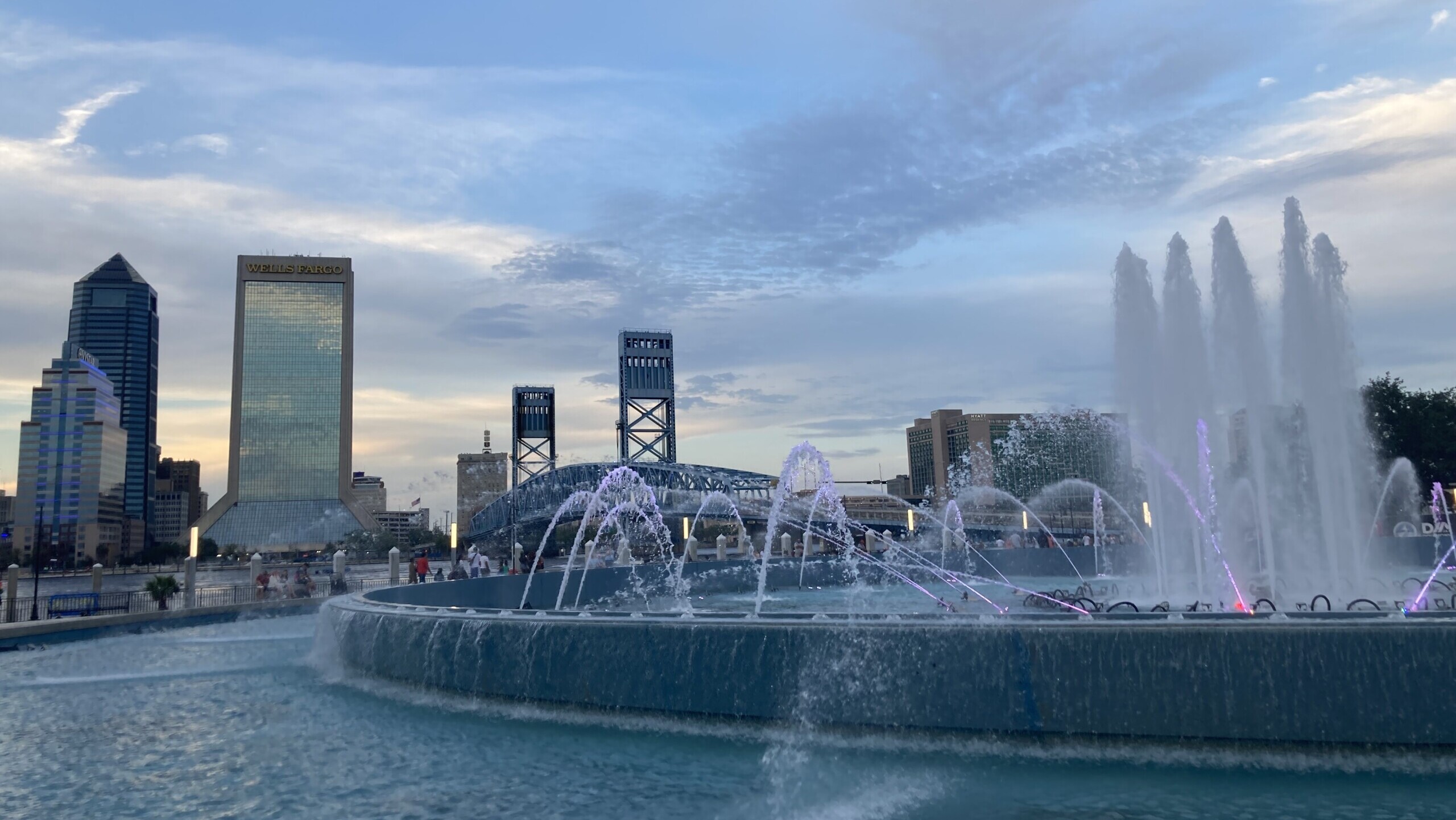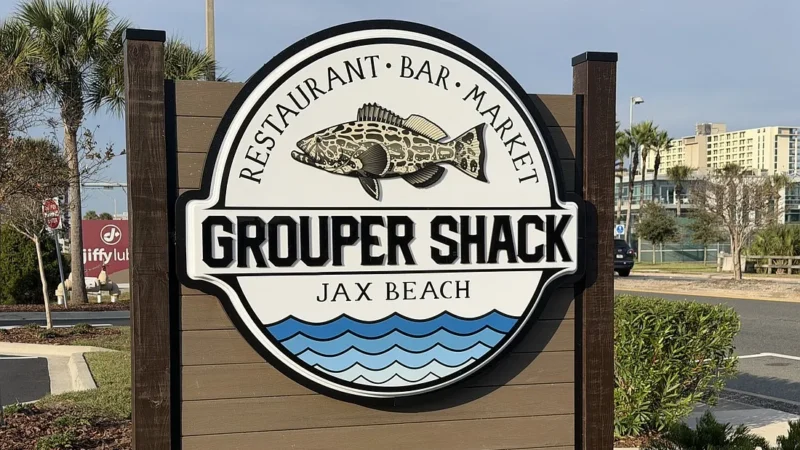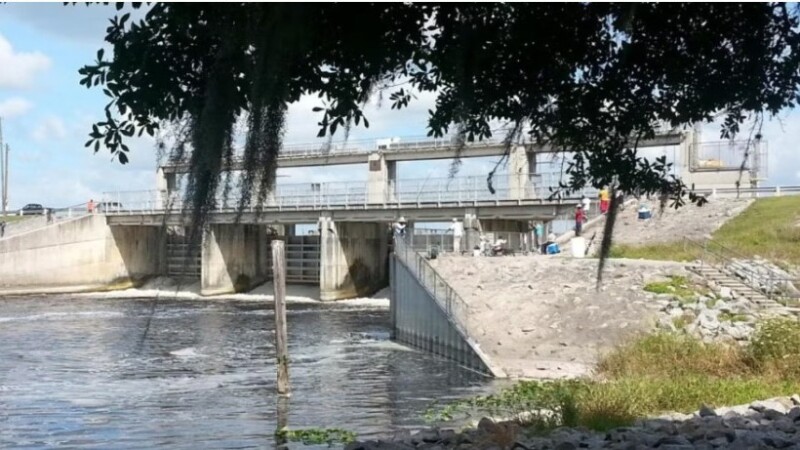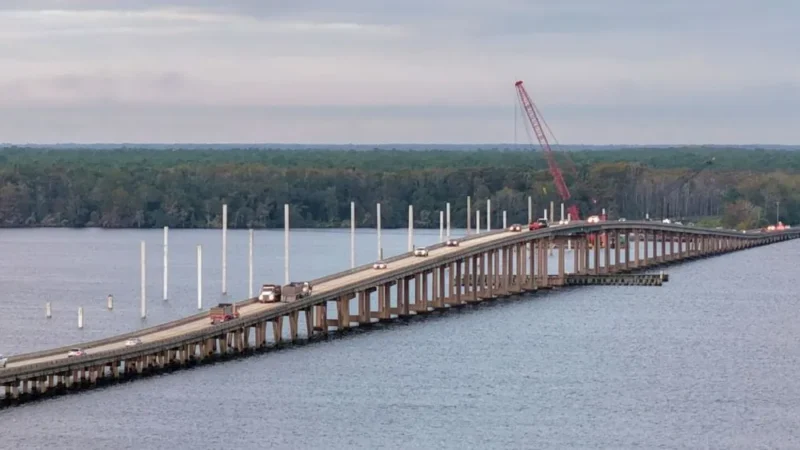Last week, a group of engaged citizens presented Mayor Donna Deegan’s Chief of Staff with our two-page alternative vision for developing historic Downtown Jacksonville, from the St. James Building to the St. Johns River along Laura Street.1
The Deegan team, together with the City Council’s Special Committee on the Future of Downtown would do well to listen to this group, especially as the special committee members convince themselves that the present condition of our historic Downtown — our all-too-painful lagging other cities in revitalizing our urban core — results from too little autonomy for Downtown Investment Authority and too few financial incentives for private developers. Don’t you know, that’s the path down which the special committee’s inquiry is taking them.
The alternative
Our path to a more welcoming, vibrant, and distinctive historic Downtown Jacksonville offers an alternative vision to the city’s prevailing wisdom, guided by three principles:
- Focus on the historic core versus the perimeter
- Capitalize on historic building restoration and not new towers
- Lead with parks and public spaces and not commercial development
Specific recommendations
We call for funding and implementing actions that connect the St. James Building to the St. Johns River along Laura Street. Home to “our most valuable historic buildings,” this corridor provides us with “our greatest opportunity for commercial revitalization and economic growth.”
Just imagine. An iconic path from the St. James Building to the St. Johns River. A pedestrian and shade-tree friendly historic promenade, the very location of Jacksonville’s renaissance, anchored on both ends by public parks — James Weldon Johnson Park and a Riverfront Park for All — with unobstructed views of our life-giving and life-sustaining St. Johns River, and along which architecturally significant historic buildings, residential properties, restaurants, banks, shops, stores and cultural institutions thrive.
The path less traveled
Well-researched, and steeped in the experience of cities having successfully restored and repurposed their historic urban core, these three principles and specific recommendations lie in stark contrast to the path Jacksonville continues to pursue, one whose goals are superficial, as if privatizing public land along the St. Johns River and increasing the number of people living in riverfront high rises is unique, distinctive, or what people respectful of Mother Nature would do.
On the contrary, our current path, like a well traveled road, is pedestrian. We’re simply fulfilling a decades-old plan to privatize public land along the St. Johns River, no doubt the primary goal of Jacksonville’s Downtown riverfront redevelopment efforts. Sadly, this effort leaves for last any intentional effort to capitalize on what remains of our architecturally significant historic core — the very essence of what distinguishes our Downtown from other places. Not to mention its close proximity to the St. Johns River, our greatest natural Downtown asset.
Most egregious of all
When it comes to understanding serious contemporary and future challenges that the intrusion of river water brings, our current path is unforgivable, revealing a certain human arrogance and hubris. Why is it so difficult for us to learn from the example of others, that Mother Nature provides our city with an extraordinary floodplain that naturally functions as a sponge for unwanted flood waters?
The ever-shrinking, tiny bit of remaining Northbank riverfront public property should be sacrosanct, forever public, not open for further private commercial development but preserved in perpetuity for future generations, along which an iconic, wide, and shaded riverwalk should be our signature human feature. Not high rises for the few.
We happy few
Though them that rule may think this group a small but vocal fringe, these are folks who have spent life-times as professionals and as volunteers doing the tough small “d” work of everyday democracy and community-building. Among our number are architects, landscape architects, engineers, preservationists, commercial bankers, master gardeners, neighborhood redevelopment experts, and successful practitioners who create and preserve public spaces.
We pay taxes, vote, and reside in historic Downtown’s adjacent neighborhoods. We love Jacksonville and care deeply about leaving the next generation something they too will find precious and worthy of preservation and celebration — a historic core second to none, whose main pathway leads to iconic public park space along the majestic St. Johns River.
We have little time to take a different path, to take Robert Frost’s road “less traveled.”
Come join us
Download and share this alternative vision. Then, tell someone in charge — like the Special Committee on the Future of Downtown, the mayor, and DIA board members.
This column appears through a partnership with JaxLookout.






